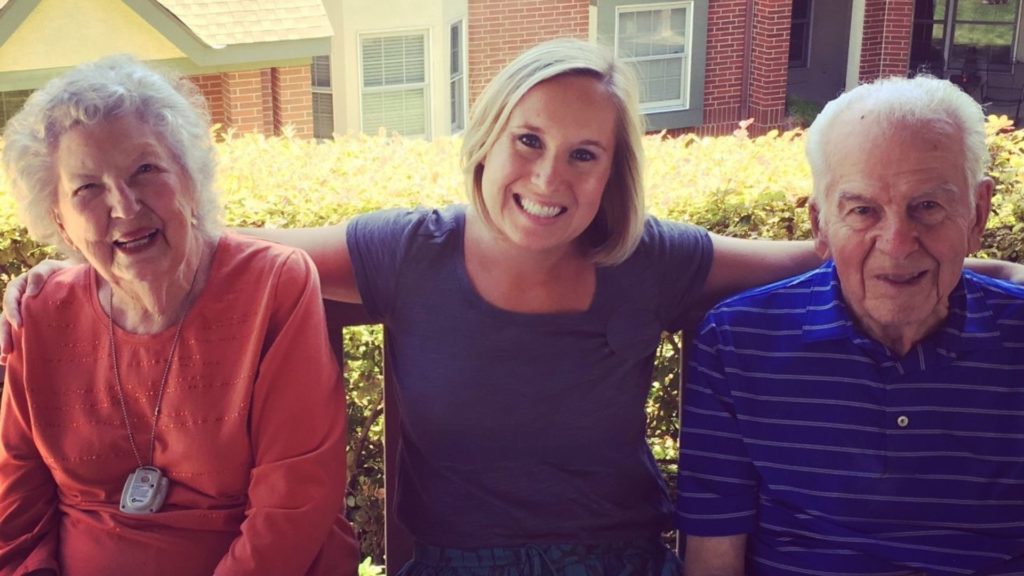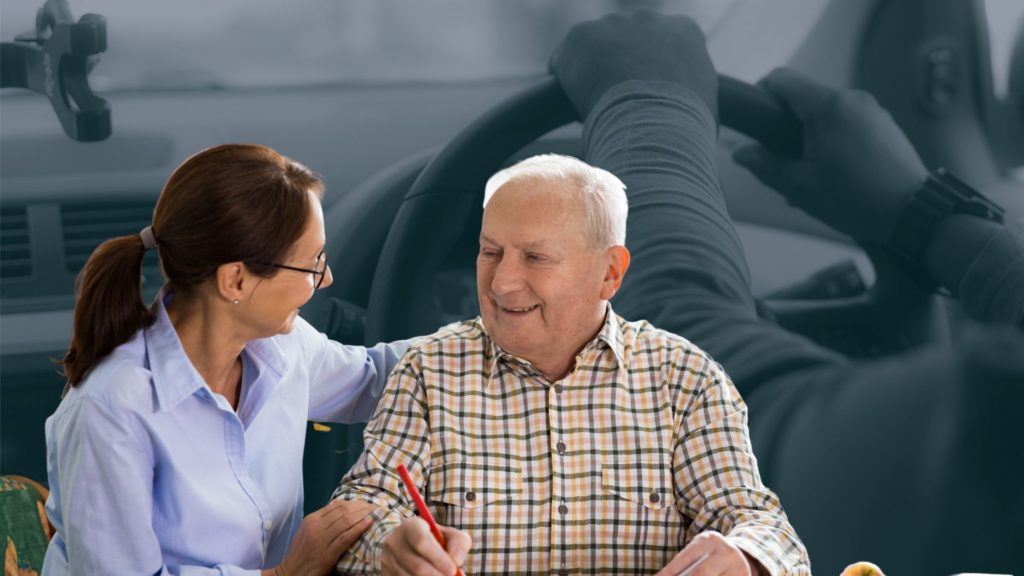Driving Simulator Helping to Set Baselines for Motor Control, Processing Speed, Visual deficits, and Executive Functioning
The beauty of Occupational Therapy as a profession is the ever-evolving path it takes you on and where you eventually land. I had been in a different healthcare profession for over eight years before deciding to switch paths and pursue my master’s degree in Occupational Therapy. I had a passion for serving the elderly and was laser focused on working with this population. Upon graduation, I accepted a job at a skilled nursing facility living out my dreams of working with the “greatest generation.”
It was not long before I found incredible fulfillment working with neurologically impaired clients. I thrived on working with stroke patients with complex needs and unique challenges. I was fascinated on how each patient presented differently, and I had to truly think outside the box to facilitate progress. I often say, going through the therapy process takes determination and strength-not just physical but mental as well. My patients were tired, grieving the loss of their previous life, and learning how to navigate their new surroundings. I worked tirelessly to motivate and develop bonds with my clients to encourage and help them meet their goals.
After a year working within this setting, I stumbled upon a unique job opportunity to work in a community re-entry-based program for those with neurological impairments. Most of the clients were young men and women who sustained brain injuries and strokes. Through this program, each client received physical therapy, occupational therapy, speech therapy, and behavioral therapy.
Soon I was researching ways to enhance processing speed, motor planning, and vision therapy. I took courses on vision rehab as many of my clients presented with double vision and field cuts. They had delays in processing information as well as coordinating their movements. However, one of the biggest challenges was their lack of insight into their deficits. The first question many of my clients would ask was, “When can I go back to driving?” For therapists, this can be a hard situation to navigate. You want to continue encouraging your client to participate in therapy, however, you want to be honest and tell them you are unsure they will return to driving due to their visual and cognitive impairments.

The loss of driving is one of the hardest skills to part with. Some may experience loss of identity, independence, and the ability to navigate their surroundings. I’d be lost if I didn’t have my vehicle and the ability to just pop in my car and go wherever I wanted. Imagine what our clients must feel when we tell them they may never return to driving!
While working at this community re-entry program, I set out ways to determine if my clients were truly making progress with processing speed and visual gains. I would administer standardized tests, but I just felt that I was falling short of meeting their needs. One evening I began researching driving simulators and stumbled across STISIM Drive by Systems Technology, Inc (STI). They are a company that produces driving simulators for research and clinical use. After much prodding, my boss agreed to purchase a driving simulator console for the clinic!
I was beyond thrilled as I felt I now had a way to elevate my therapy interventions and assessments with this tool. While the original end-goals for this purchase were centered on a return to driving for my patients, the ability for all therapists in the clinic to conduct standalone assessments and interventions is really what this simulator is all about. The simulator not only provided me with objective metrics such as reaction times, how many pedestrians the client hit on the left, or the ability to control the vehicle, but it allowed me to observe my client to see their judgement and reasoning! My clients were more engaged and willing to participate in their therapy sessions as they felt like they were accomplishing a major task by driving. It truly was a win for my clients, as the simulator provided evidence of their progress in real time scenarios.
I used the driving simulator as a part of my evaluation process for each client to provide me a baseline on motor control, processing speed and visual deficits, as well as executive functioning. I would continue to use the simulator as an intervention tool, often saving it for the end of my treatment session as a reward but also to accomplish specific goals. Even the physical therapist and speech therapist began using the simulator as it had application for both their treatment sessions and facilitated carryover of skills between each therapy discipline.
After ten years providing patient care, I delved into the world of academia. Students today have more access to technology and the advancements made within our profession. I am passionate about the integration of technology within patient care. One afternoon I happened to see a job posting for the very same STISIM Drive/ STI, needing a clinical specialist to enhance their products. I couldn’t let this opportunity pass by as I truly believe in elevating patient care by utilizing technology.
After joining the STISIM Drive team, I have had the pleasure of working with an amazing team of engineers, product designers, and IT specialists to enhance our products to serve therapists and our community by providing an innovative tool for assessments and interventions. By helping therapists see real-time progress through data, a chance to observe patients in complex situations, and help clients return to driving and independence, I feel honored to be a part of this journey!
I never anticipated I’d be here working for STISIM Drive, as I thought my path was to serve the patients within the traditional healthcare model. But here I am, using technology to help patients with mobility and cognitive limitations of all ages. In doing so, I’m proud to be helping to keep our communities safe, fostering hope and independence for our clients, and helping therapists develop new skills for patient advancement with the use of technology.
Bridget Mathis is an experienced occupational therapist with over 10 years of expertise in stroke rehabilitation, geriatrics, and education. She earned a Master’s Degree in Occupational Therapy from Bay Path College and is a licensed Occupational Therapist in Florida, Texas, and Virginia. Bridget has a passion for integrating technology into patient care to enhance patient outcomes and engagement, leading her to become a Clinical Sales Specialist for STISIM Drive.

